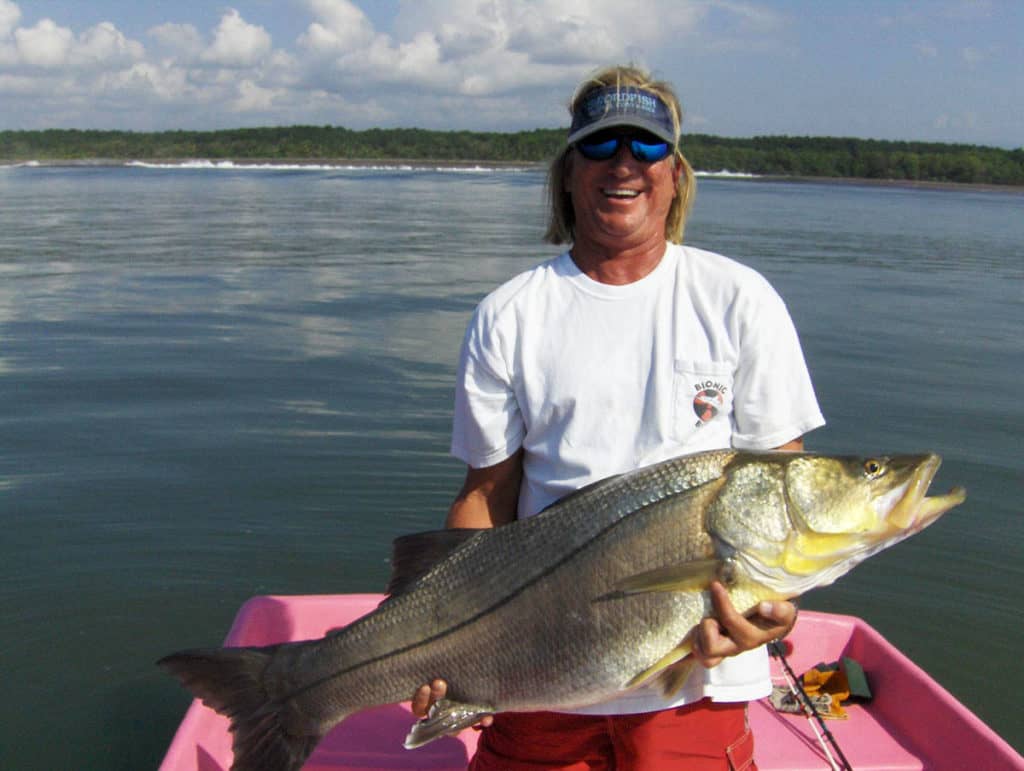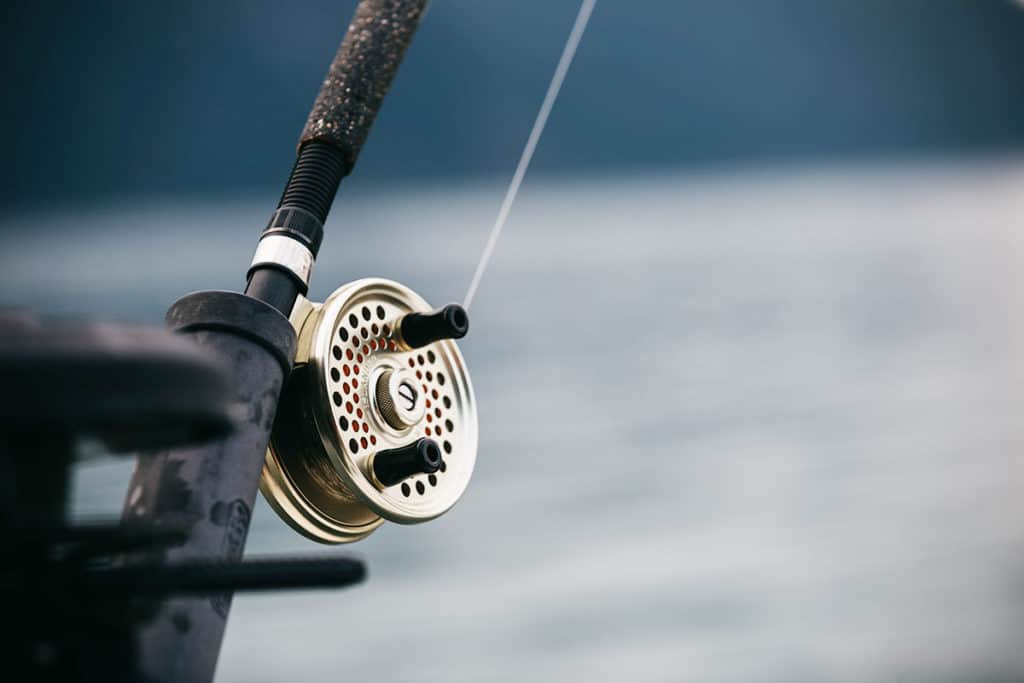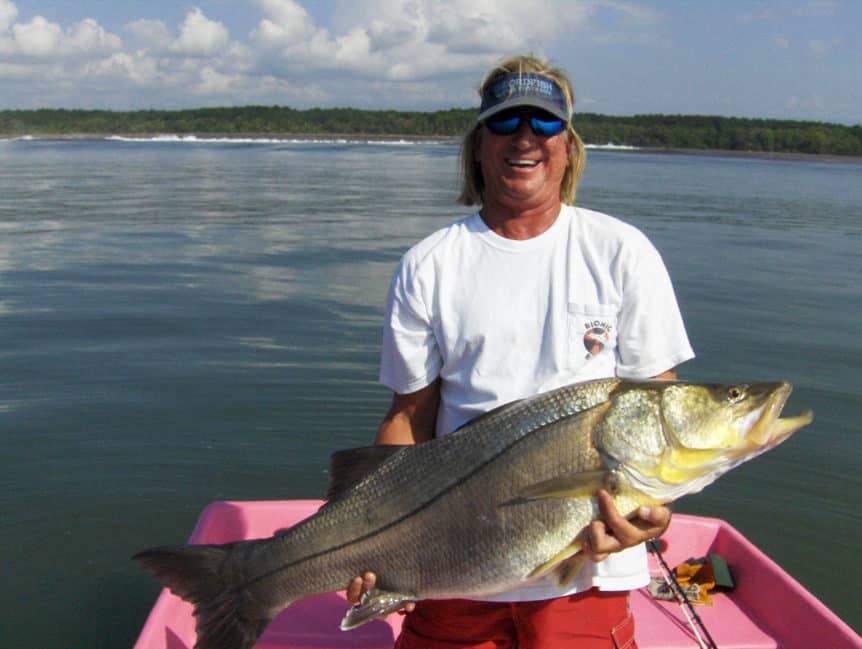
If you’re into fishing, Costa Rica’s a prime spot to chase snook. These fish are a blast to catch, and the country’s mix of coastal waters, estuaries, and rivers makes it a hotspot for anglers.
Costa Rica is home to five main snook species: Common Snook, Fat Snook, Swordspine Snook, Tarpon Snook, and Black Snook. Each has its own quirks, and knowing what you’re targeting can make your trip a success. Let’s break down the species, when and where to fish, and some practical tips to hook them.
When and Where to Fish for Snook
The rainy season, from May to November, is your best bet for snook fishing. Warmer water temps get these fish moving, and you’ll find them in coastal areas, river mouths, estuaries, and even far up rivers in freshwater.
The Caribbean coast shines from January to June and September to October, while the Pacific coast is hot from January to April, especially near river mouths. Night fishing can be productive too, as snook often feed under low light. Always check local regulations, practice catch and release when possible, and respect the environment to keep these fisheries thriving.
The 5 Snook Species in Costa Rica

Here’s a rundown of the snook you’ll encounter, with details on their habits and how to catch them. I’ve included a table at the end for quick reference.
1. Common Snook (Centropomus undecimalis)
The Common Snook is the big dog of the group, often called “robalo” by locals. Found on both coasts, these fish can hit 48 inches and weigh over 50 pounds—Costa Rica holds the IGFA world record at 53 pounds, 10 ounces, caught in 1978 off Parismina Ranch. They’re aggressive, with a knack for explosive fights, making them a favorite for anglers.
You’ll find them in estuaries, rivers, and coastal waters. They bite best during the rainy season (May to November) and hit hard at dawn or dusk. Use heavy spinning or conventional gear with at least 40-pound test line. Live bait like mullet or shrimp works, as do artificial lures like jerkbaits or jigs. Fly anglers can tempt them with baitfish-imitating flies. These fish are opportunistic, feeding on small fish and crustaceans day or night.
2. Fat Snook (Centropomus parallelus)
Known locally as “calba,” Fat Snook are smaller, typically 2 to 10 pounds, with a chunky body and big mouth. They show up in droves from November to February, especially in rivers connected to Lake Nicaragua, like the San Juan. Some say they migrate from the lake to spawn in the ocean; others think they’re reef fish heading upstream. Either way, they’re a blast in schools, and catching 50 in a day isn’t uncommon.
Light tackle is key—think 15-pound test line with soft plastic worms, jigs, or small flies that mimic baitfish. They’ll hit crankbaits or trolled lures too. Fat Snook are great table fare, but most anglers release them to preserve stocks. They’re feisty and feed aggressively, especially around shrimp hatches.
3. Tarpon Snook (Centropomus pectinatus)
Tarpon Snook are small, usually 2 to 3 pounds, with a tarpon-like upturned mouth and large scales. Locals call them “cara seca” (dry face). You’ll find them in estuaries, mangrove swamps, and river mouths, mostly on the Caribbean coast. They’re not as common as other species but put up a solid fight on ultralight tackle.
Cast small bucktail jigs, soft plastics, or flies that look like shrimp or baitfish. They leap clear of the water when hooked, especially during shrimp hatches, making them a thrill to catch. They’re tasty, but do they’re tasty, but release most to keep the population healthy.
4. Swordspine Snook (Centropomus ensiferus)
The smallest of the bunch, Swordspine Snook rarely top 16 inches. They’re easy to spot thanks to a long, sharp anal spine—hence the local nickname “hard bone.” You’ll find them in brackish or freshwater rivers and estuaries, often caught by accident while targeting other species like guapote or machaca.
Use light tackle with small topwater plugs, jigs, or flies to provoke strikes. They’re aggressive for their size and prefer low-salinity waters, like upstream coastal rivers. Release these little guys, as they’re too small for eating.
5. Black Snook (Centropomus nigrescens)
Exclusive to the Pacific coast, Black Snook are the heavyweights, with the IGFA record at 57 pounds, 12 ounces. They’re less common but can grow massive, lurking in estuaries and river mouths. They’re darker in color, with a robust build.
Target them with heavy gear (40-pound test or higher) and big lures or live bait like mullet. They’re tough fighters, often found from January to April near Pacific river mouths. These are trophy fish, so handle them carefully and consider releasing them.
Snook Species Table
| Species | Scientific Name | Size Range | Habitat | Best Season | Local Name |
|---|---|---|---|---|---|
| Common Snook | Centropomus undecimalis | Up to 50+ lbs | Coasts, estuaries, rivers | May–November | Robalo |
| Fat Snook | Centropomus parallelus | 2–10 lbs | Rivers, estuaries (Lake Nicaragua) | November–February | Calba |
| Tarpon Snook | Centropomus pectinatus | 2–3 lbs | Estuaries, mangroves, river mouths | Year-round | Cara seca |
| Swordspine Snook | Centropomus ensiferus | Up to 16 inches | Brackish/freshwater rivers | Year-round | Hard bone |
| Black Snook | Centropomus nigrescens | Up to 57+ lbs | Pacific estuaries, river mouths | January–April | Robalo |
Final Thoughts
Snook fishing in Costa Rica is a must for any angler. The variety of species, from the hefty Common and Black Snook to the scrappy Tarpon and Swordspine, offers something for everyone. Stick to the rainy season for the best action, use the right gear, and fish near structure—think mangroves, docks, or river mouths. Check local fishing rules, as some areas have strict bag and size limits.
Catch and release is a good practice to keep these fisheries sustainable. Grab your rod, hit the water, and get ready for a fight you won’t forget.

